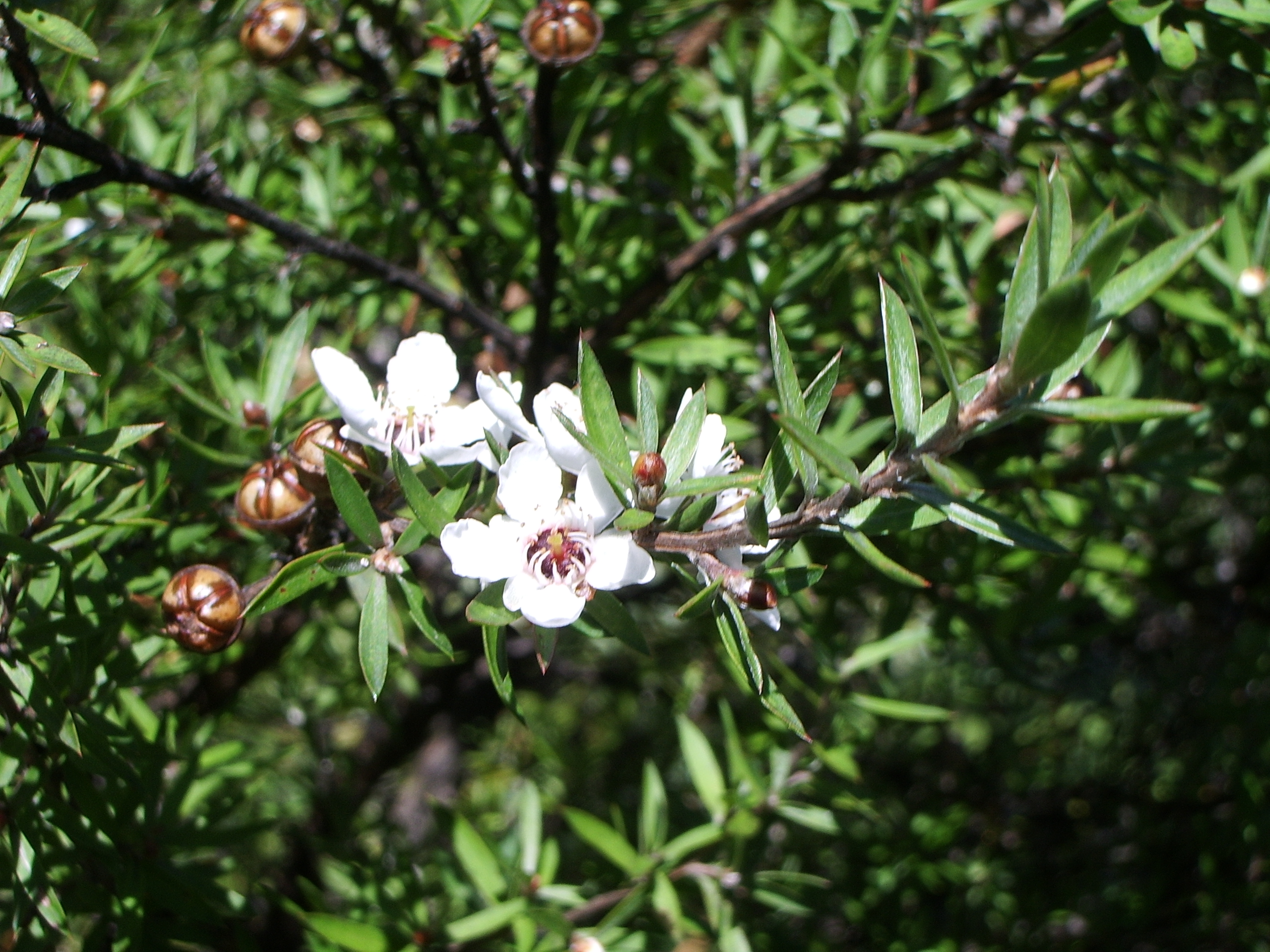Description
***A PERCENTAGE OF PROCEEDS GO TO SUPPORTING REWILDING PROJECTS***
Free tutorial comes with detailed instructions — 29 pages including detailed, high-resolution photos! Detailing how to make Native Tree and Wildflower seed balls list of everything you need to make them as well as my insider tips gleaned from robust scientific trials.
Leptospermum scoparium, commonly called mānuka
Leptospermum scoparium, commonly called mānuka, (Māori pronunciation: [maːnʉka]) mānuka myrtle, New Zealand teatree, broom tea-tree, or just tea tree, is a species of flowering plant in the myrtle family Myrtaceae, native to New Zealand (including the Chatham Islands) and south-east Australia.
Its nectar produces Mānuka honey.
Description
Mānuka is a prolific shrub-type tree and is often one of the first species to regenerate on cleared land. It is typically a shrub growing to 2–5 m (7–16 ft) tall, but can grow into a moderately sized tree, up to 15 m (49 ft) or so in height. It is evergreen, with dense branching and small leaves 7–20 mm (0.28–0.79 in) long and 2–6 mm (0.079–0.24 in) broad, with a short spine tip. The flowers are white, occasionally pink, 8–15 mm (0.31–0.59 in) – rarely up to 25 mm (0.98 in) – in diameter, with five petals. The wood is tough and hard.
Mānuka is often confused with the related species kānuka (Kunzea ericoides) – the easiest way to tell the difference between the two species in the field is to feel their foliage – mānuka leaves are prickly, while kānuka leaves are soft. Alternatively, the seed capsules of mānuka are large (5–7 mm or 0.20–0.28 inches in diameter) and often remain on the plant year round, whereas the seed capsules of kānuka are much smaller (2.2–4.6 mm or 0.087–0.18 inches in diameter) and are not present for much of the year.
The Latin specific epithet scoparium means “like broom”, referring to Northern Hemisphere genera such as Genista and Cytisus which it superficially resembles, but to which it is only distantly related.
History and habitat
Mānuka/kahikātoa is common throughout the North, South and Stewart Islands in lowland to low alpine regions up to 1800 m above sea level. It can be found in many different habitats including wetlands, river gravels and dry hillsides. When mature, it is very tolerant of drought, waterlogging, strong winds and frost and it can grow at less fertile, colder, wetter and more acidic sites than kānuka.
With the notable exception of Taranaki, kānuka is common throughout lowland and mountain scrub and along forest margins of the North and South Islands from the Three Kings Islands to about Kawarau Gorge and Dunedin in Otago. It is not found naturally south of there. The species has a wide range of tolerances and has been found growing around active geothermal systems. It can be found from sea level to 1800 metres.It grows well on all soil types except water-logged soils, and is tolerant of wind, drought and frost.
Uses
The wood was often used for tool handles. Mānuka sawdust imparts a delicious flavour when used for smoking meats and fish. It is cultivated in Australia and New Zealand for mānuka honey, produced when honeybees gather the nectar from its flowers, and for the pharmaceutical industry. It is also used for carving. An essential oil, for which many medicinal claims are made, is produced by steam distillation of its leaves. Mānuka, as it is called by most New Zealanders, was used in pre-European times by Māori, and still is. A decoction of the leaves was drunk for urinary complaints and as a febrifuge (an agent for reducing fever). The steam from leaves boiled in water was inhaled for head colds. A decoction was prepared from the leaves and bark and the warm liquid was rubbed on stiff muscles and aching joints. The emollient white gum, called pai mānuka, was given to nursing babies and also used to treat scalds and burns. Chewing the bark is said to have a relaxing effect and it enhances sleep.
Did you know?
Chemical tests have shown that mānuka/kahikātoa pollen, and honey derived from it, contains powerful insecticides and anti-bacterial agents that can help fight intestinal worms and bacterial infections. Mānuka/kahikātoa oil is now sold in New Zealand and overseas in various cosmetics and health care products.
Parakeets and parasites
Kākāriki parakeets (Cyanoramphus) use the leaves and bark of mānuka and kānuka to rid themselves of parasites. Apart from ingesting the material, they also chew it, mix it with preen gland oil and apply it to their feathers.
Source Wikipedia/DoC






